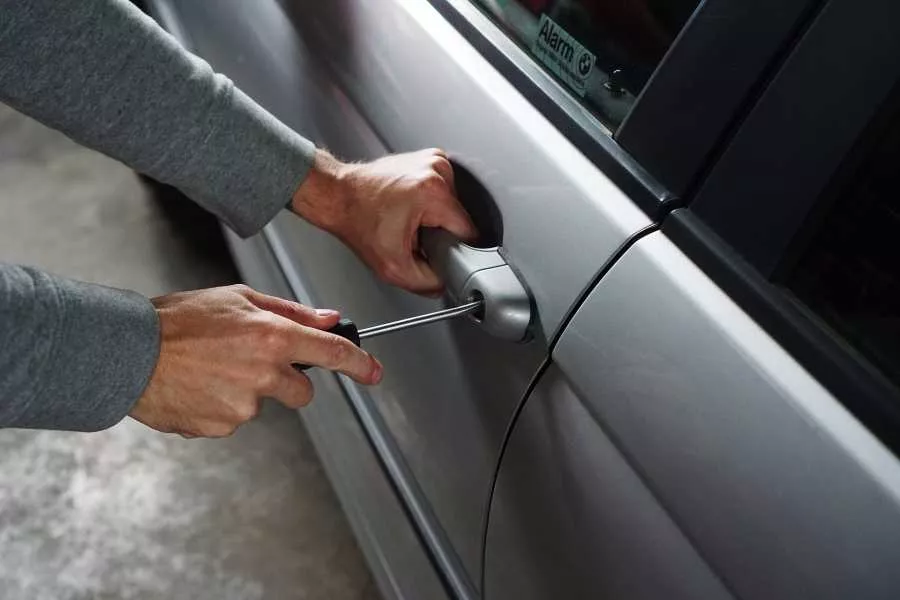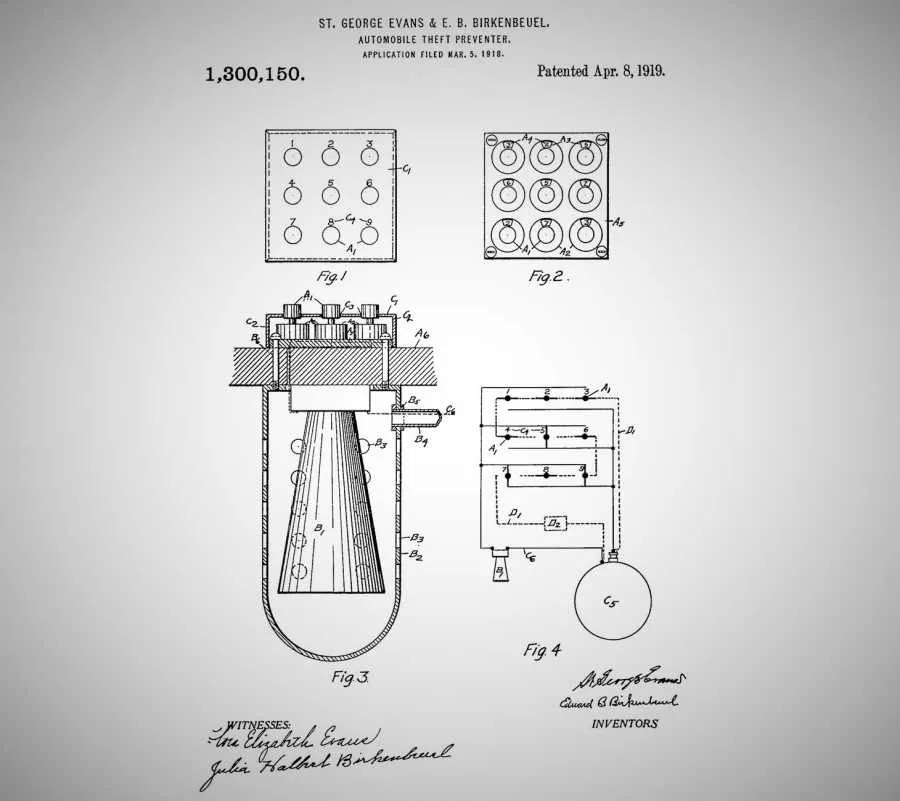A car is a serious financial decision, which is why we take great pains to ensure that it’s protected against unwanted intrusion. Door locks are a default feature towards this end, but those only prevent unauthorized entry inside the vehicle.

This is one of the things you wouldn't want happening to your car
To keep the car from actually being driven off by thieves, it needs something a little more sophisticated. Enter the immobilizer. It’s a form of electronic security that allows the car’s engine to be started only in the presence of the authorized key, otherwise, the vehicle is immobilized.
Immobilizers have been around longer than many people think. The first one was patented in 1919, using double-contact switches that needed to be connected in a certain order; otherwise, the engine could not be started and the alarm will be triggered.
The system settings can be changed on every occasion the car was driven. Modern immobilizers use rolling codes that change automatically without driver intervention.

The first car immobilizer was patented in 1919
How does it work? A standard immobilizer is made up of two components: a transponder within the key fob and a receiver inside the vehicle’s ECU. The key fob’s transponder contains the necessary electronic security code or password.
For every attempt to start the engine, the vehicle’s receiver sends a request to the key fob, and if the transponder returns the correct code, the ECU activates the fuel system and ignition circuit, allowing you to start the car. If the codes don’t match, no ignition takes place.

The key fob has a transponder that holds the correct code for the car to start
Some higher-end models have immobilizers that use two-tier security, comprising a permanent personal code and a second, alterable code. The system changes the second code and stores it in the key each time the engine is started.
If both codes match, the engine is started. Even if only one of the codes ends up matching, the engine will be unable to start, preventing vehicle theft.
When the car is locked, you’ll probably notice the immobilizer icon flashing on the instrument panel.
This is normal since it shows that the feature is in operation and is busy protecting your vehicle, serving as an effective visual deterrent against would-be thieves. And no, it doesn’t affect your car’s battery consumption that much.
We’ll match you with relevant automotive stories and tips at Philkotse.com.
Recent posts
- Unveil the Secrets of Car Thieves Jun 27, 2019
- How theft can hack your keyless car & 7 ways to prevent it Nov 08, 2022
- 4 common insurances against theft: Protection for the inevitable Mar 09, 2019
- How to prevent car theft in the Philippines? Jan 21, 2019












